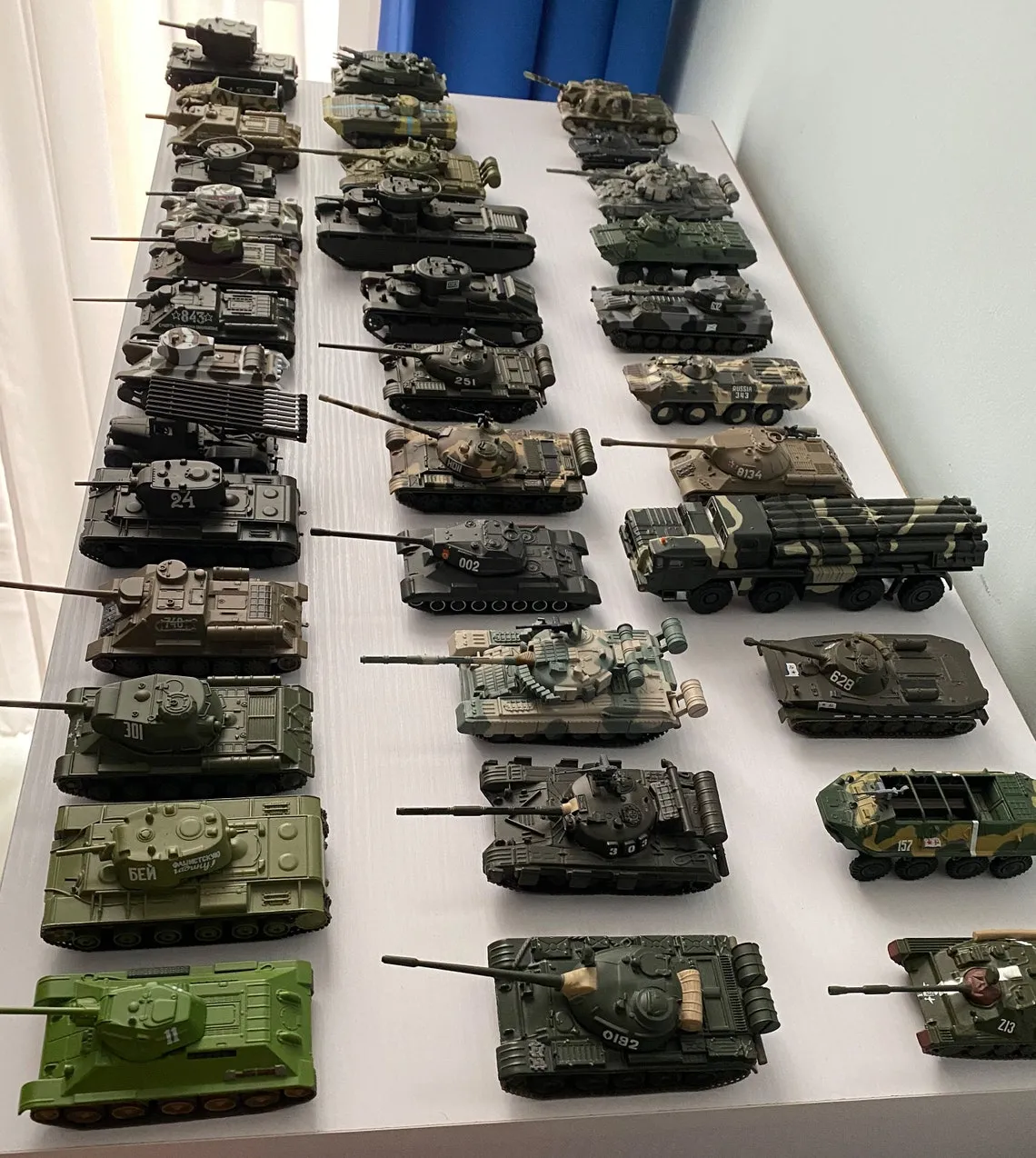What are Diecast Tank Models
Diecast tank models are meticulously crafted miniature replicas of real-world tanks, designed primarily for collectors, hobbyists, and enthusiasts of military history. These models are typically made using a die-casting process, where molten metal is injected into molds to create highly detailed and accurate representations of various tank types from different eras and countries. Diecast tank models offer a tangible way to appreciate the engineering, history, and design of these powerful armored vehicles, making them popular items for display, collection, and educational purposes. The appeal of these models lies in their realistic appearance, the variety of tanks available, and the historical context they represent.
Realistic Detailing
One of the most remarkable features of diecast tank models is their exceptional level of detail. Manufacturers often go to great lengths to replicate every aspect of the original tank, from the rivets and welds on the armor to the intricate mechanisms of the gun and turret. Details like hatches, periscopes, and even the texture of the tracks are often meticulously reproduced. This level of detail is achieved through advanced manufacturing techniques, including the use of high-precision molds and skilled hand-painting. Collectors and enthusiasts often value models for their ability to capture the essence of the real tank, allowing for a deeper appreciation of the design and engineering involved.
Importance of Scale
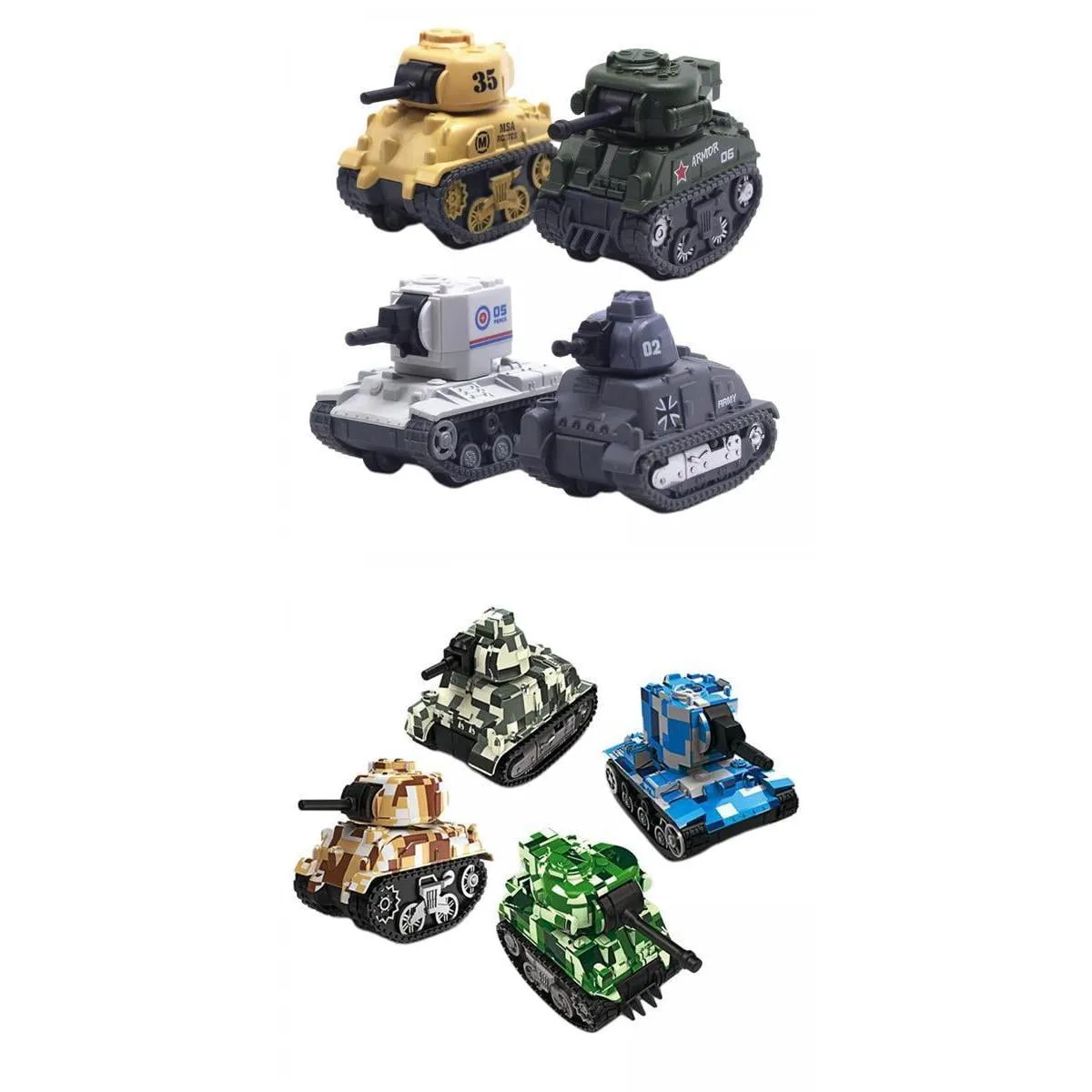
Scale is a critical aspect of diecast tank models, influencing their appearance, accuracy, and compatibility within a collection. Common scales include 1:72, 1:56, and 1:35, with the scale representing the ratio between the model’s size and the actual tank’s size. For example, a 1:35 scale model is 35 times smaller than the real tank. The choice of scale often depends on factors like display space, personal preference, and the availability of models in that scale. A consistent scale across a collection provides a sense of uniformity and allows for easy comparison between different tank models. It’s important to be aware of the scale to understand the relative sizes of the models, and how they compare to each other.
Material and Construction
The materials and construction methods used in diecast tank models significantly impact their quality, durability, and realism. The most common materials include diecast metal, plastic, and sometimes rubber. The combination of these materials allows manufacturers to create models that are both robust and highly detailed. The die-casting process itself is a key aspect of construction, as it allows for the creation of complex shapes and fine details. The quality of the materials, the precision of the molds, and the skill of the assembly process all contribute to the overall excellence of the model.
Diecast Metal
Diecast metal, usually a zinc alloy, forms the core of most diecast tank models. This material is chosen for its ability to capture fine details and its durability. The weight and feel of the diecast metal also add to the premium quality of the models, giving them a substantial presence. Parts made from diecast metal typically include the hull, turret, and sometimes the larger components of the tank. The use of diecast metal contributes significantly to the model’s ability to withstand handling and display over long periods, making them prized possessions for collectors.
Plastic Components
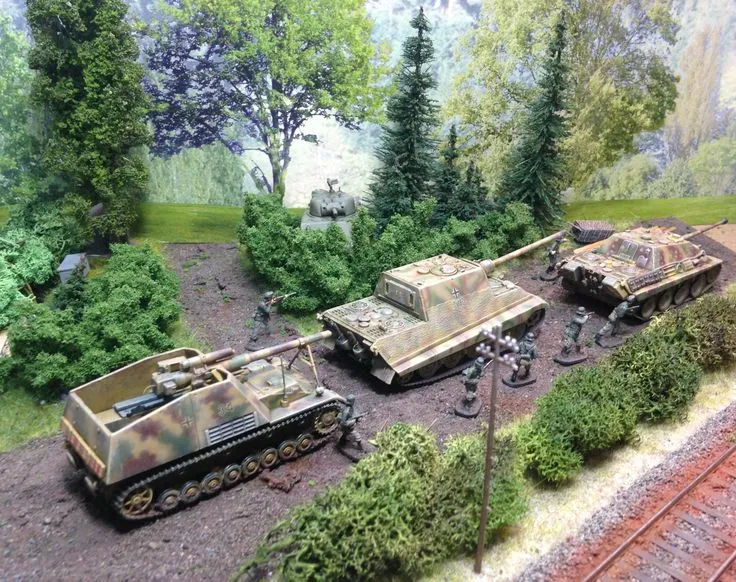
Plastic is often used in diecast tank models for smaller parts and components that require high levels of detail or flexibility. Plastic parts can include items like machine guns, antenna, hatches, and tracks. This material allows manufacturers to add intricate details that might be difficult to achieve with diecast metal alone. Plastic components can also be molded with different textures and colors, enhancing the realism of the model. The use of plastic components, when done well, complements the diecast metal parts, resulting in a comprehensive and accurate representation of the tank.
Historical Accuracy
Historical accuracy is a crucial aspect of diecast tank models, as collectors and enthusiasts appreciate the attention to detail and the fidelity to the original tank designs. Manufacturers often collaborate with military historians, consult original blueprints, and study photographs to ensure the models are as accurate as possible. This involves not only getting the overall shape and dimensions correct but also ensuring that the details like the markings, paint schemes, and equipment reflect the tank’s appearance during a specific period in its history. The level of historical accuracy is often a key factor in determining the value and appeal of a diecast tank model, and is crucial for serious collectors.
Research and Documentation
Comprehensive research and documentation are vital to achieving historical accuracy in diecast tank models. Manufacturers rely on a variety of sources, including historical archives, museums, and military records, to gather information about the tanks they are replicating. They often study blueprints, photographs, and technical manuals to understand the tank’s design, construction, and operational details. This information is then used to create detailed 3D models and molds. The meticulous research process ensures that the models accurately represent the tanks they portray, including details about their combat history and technological advancements.
Paint Schemes and Markings
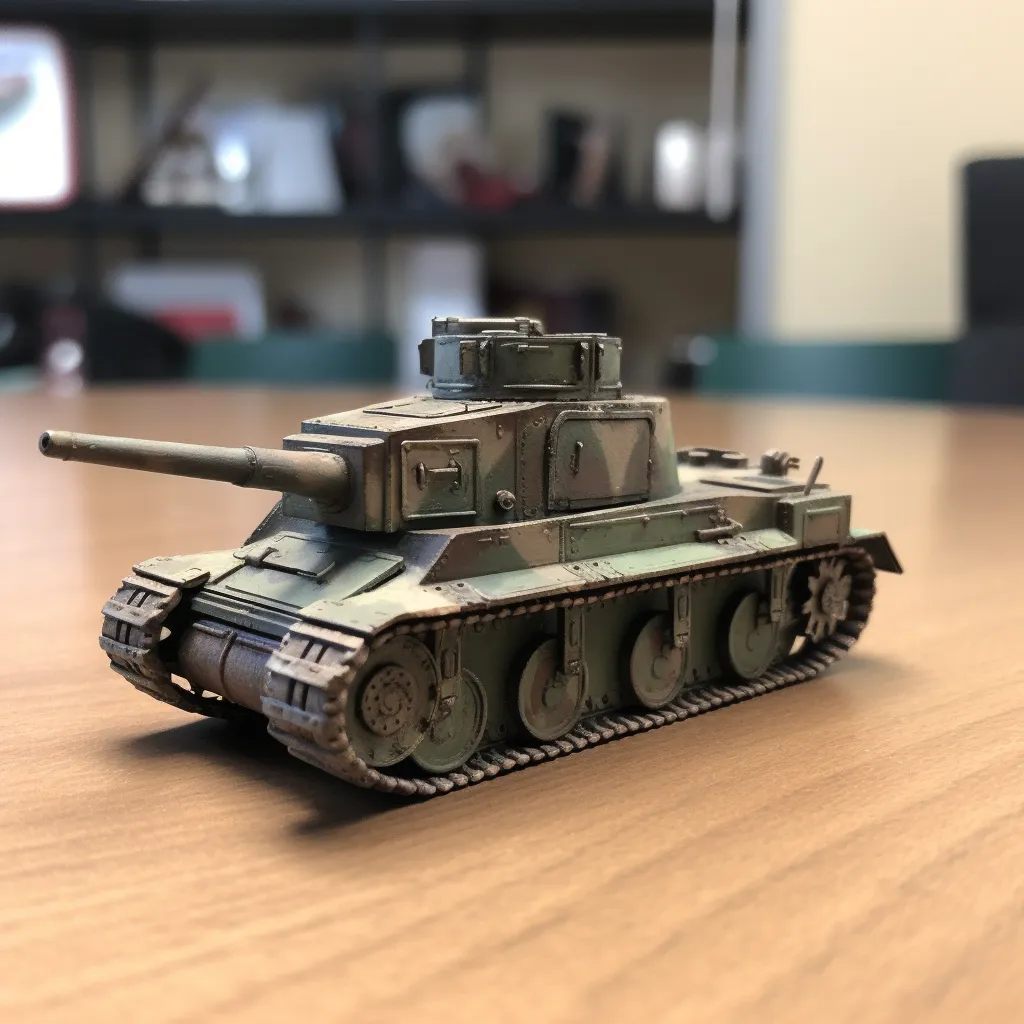
The paint schemes and markings on diecast tank models play a significant role in their historical accuracy and aesthetic appeal. Modelers carefully research the colors, patterns, and insignia used by the tanks during specific periods and in different theaters of operation. They recreate these paint schemes with great precision, using high-quality paints and techniques to ensure the models look authentic. The markings, including unit insignia, tactical numbers, and other identifiers, are also meticulously applied. The accurate representation of these details contributes to the overall realism and historical significance of the model, making it a true representation of the original tank.
Durability and Longevity
Diecast tank models are known for their durability and longevity, making them a great investment for collectors. The use of diecast metal and high-quality plastic components ensures that the models can withstand the test of time. They are designed to be handled and displayed, and with proper care, they can maintain their appearance and value for many years. The construction and materials used in diecast models contribute to their robustness, preventing damage from accidental drops or impacts. This durability makes them a great option for collectors who want to enjoy their models for generations.
Handling and Display
While diecast tank models are durable, proper handling and display are essential to preserve their condition and value. Collectors often store their models in dust-free display cases or cabinets to protect them from sunlight, dust, and accidental damage. When handling the models, it’s important to hold them by the base or the more solid components, avoiding fragile parts like antennas and small accessories. Regular cleaning, using a soft cloth, helps remove dust and maintain the model’s appearance. Proper display and handling ensure the models remain in excellent condition, preserving their value for years to come.
Care and Maintenance
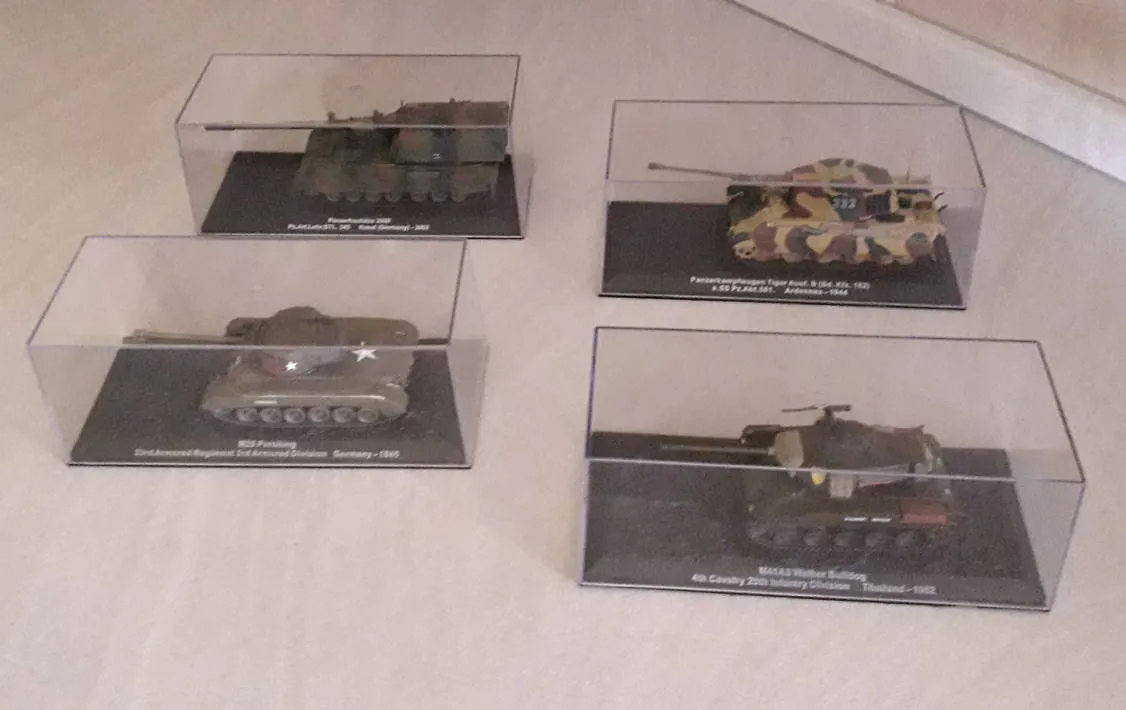
Simple care and maintenance can significantly extend the lifespan of diecast tank models. Regular dusting with a soft cloth or a brush is the primary method of care, preventing the build-up of dust and debris. Avoid using harsh chemicals or solvents, as these can damage the paint and details. If any parts become loose or detached, it’s best to consult with a professional modeler or repair specialist. Keeping the models out of direct sunlight can prevent fading. Proper storage and maintenance are essential to protecting the models from environmental damage and maintaining their quality.
Collectibility and Value
Diecast tank models are highly collectible items, and their value can vary depending on several factors. The demand for specific models, limited editions, and rare variations is high, driving up their price. The condition of the model, including the original packaging, also affects its value. Well-maintained models with their original boxes and accessories are typically worth more. For many collectors, the value of the model is not simply financial. It’s the satisfaction of owning a piece of history, of admiring the detailed craftsmanship, and of connecting with a shared passion for military vehicles and history.
Factors Influencing Value
Several factors influence the value of diecast tank models. Rarity is a key factor, as limited edition models or those that were produced in small numbers tend to be more valuable. The historical significance of the tank model also impacts its value, with models representing important tanks or historical events commanding higher prices. The condition of the model is another important factor, with models in mint condition, still in their original packaging, being more valuable. The manufacturer and the level of detail and accuracy also affect the value of the models. The market demand for the model and the specific tank it represents is also a major factor.
Rarity and Limited Editions
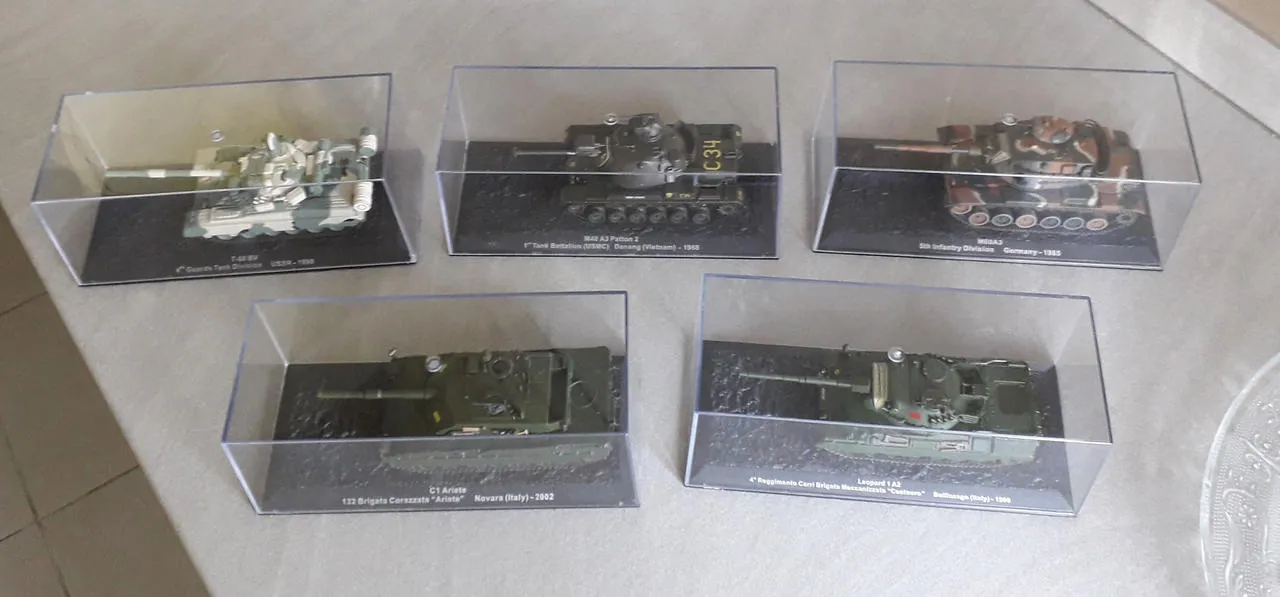
Rarity and limited editions are highly sought after in the world of diecast tank model collecting. Manufacturers often release special editions of specific tanks, featuring unique paint schemes, markings, or accessories. These limited runs increase their collectibility and value. Models that were produced in limited quantities, or those that are no longer in production, are also considered rare and highly desirable. Collectors seek out these rare models to add to their collections, and their value often increases over time, making them a great investment for collectors.
Where to find Diecast Tank Models
Diecast tank models are available through various channels, making them relatively accessible for collectors and enthusiasts. Online retailers, such as specialist model shops, major e-commerce platforms, and auction sites, offer a wide selection of models. Local hobby shops and model stores are also great places to find models and connect with other collectors. Model shows and conventions provide opportunities to see a diverse range of models, meet manufacturers, and buy and sell items. Building a collection of diecast tank models is an exciting journey that combines a love of history, detailed craftsmanship, and the thrill of the hunt for rare and unique items.
Diecast tank models offer a fascinating blend of history, craftsmanship, and collecting. Their amazing features, from realistic detailing and historical accuracy to their durability and collectible value, make them captivating items for hobbyists and collectors. They provide an engaging way to explore military history and the engineering of these remarkable vehicles. Whether you are a seasoned collector or a beginner, the world of diecast tank models offers something for everyone. The combination of historical significance, quality craftsmanship, and the joy of collecting ensures that these models will remain popular for years to come.
